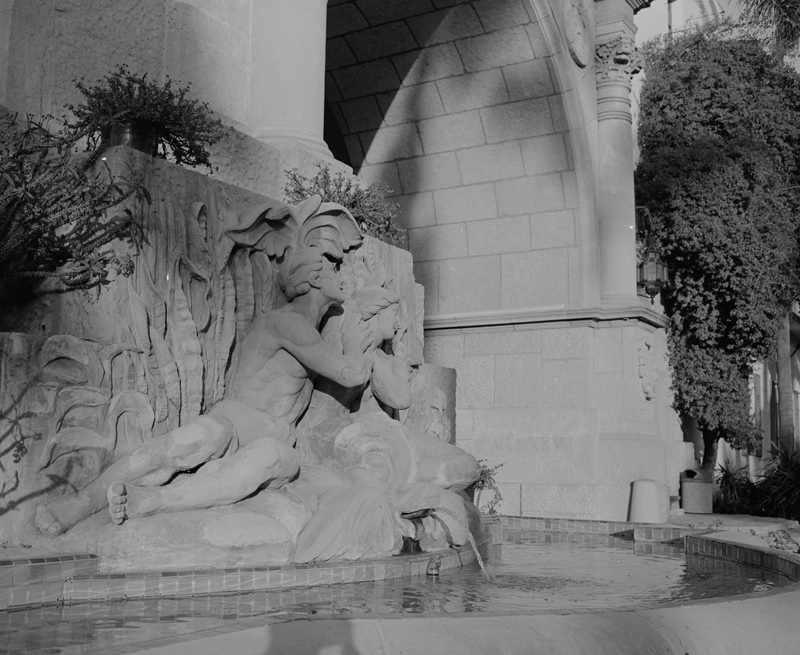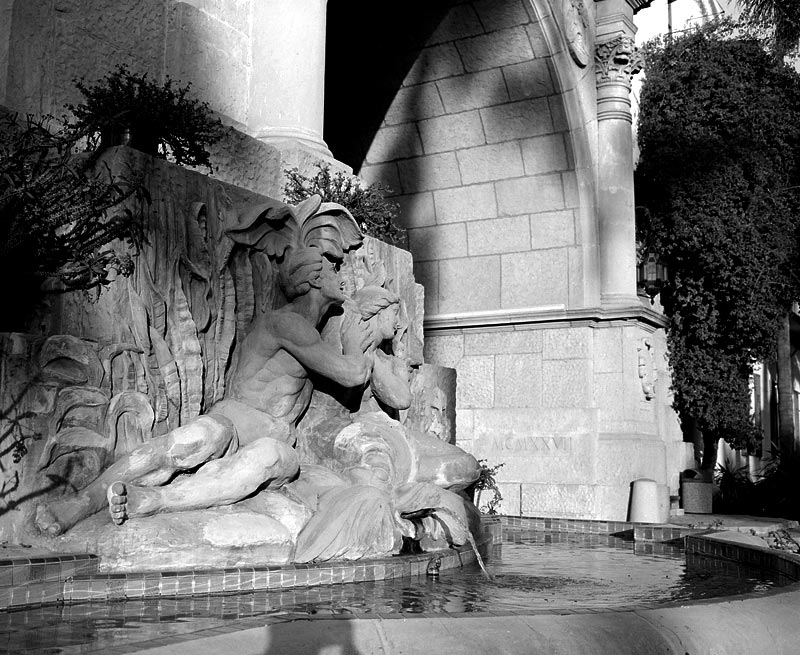If possible, definitely wait until photoshop to do any sharpening. Depending on your scan software, this may mean just turning off sharpening, or actually putting in a negative value (the Imacons for example need -50 to have it turned off...0 is still applying a light unsharp mask). Don't be afraid of sharpening though, it is a necessary evil. The scanning process blurs the finest detail slightly, and in order to bring back the original impression of sharpness, you need a bit of sharpening. As Cindy says, what it is really doing is adding a bit of edge contrast -- it puts a lighter pixel next to a darker pixel in order to make the edges more apparent -- when it is overdone, it can lead to a halo effect. Photoshop and goes beyond just unsharp masking to things like adding a bit of noise at the finest level of the image...this gives the impression of texture and thus sharpness. The algorithms that it uses are so much more advanced than the old scan software, that it really makes sense to take advantage of them.
Some people are fans of "capture sharpening" which is basically sharpening a bit right after you import your photo into photoshop. The theory here is to bring your photo or scan back to where it was when you took it...to get rid of that slight softness. Then you go about your business and sharpen again when you are ready to output the photo.
In general, other than capture sharpening, it is best to sharpen your photo at the very end of your editing. So if you want to make a 800x600 web jpeg, do all your editing, resize it to 800x600 and THEN do the sharpening. View it at 100% detail so you can see exactly what the sharping is doing. If you have a photo with more pixels than is possible to display on the screen, view the image at 50% or 25% to gauge the effect of sharpening. When making a print, 50% and 25% are closer to what your eye will see than 100%. So if you look at the detail at 100% and it seems oversharpened, it might still look good on the print. Like many things in photography, there are elements of personal taste as well as just experience and getting a feel for it.




